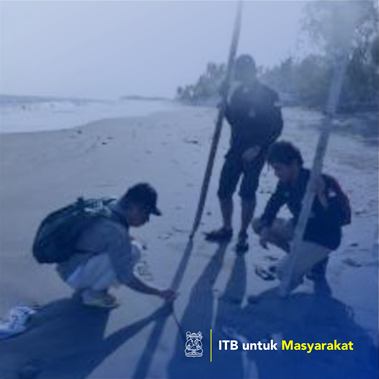

Mutiara Rachmat Putri
In the era of the 80s the Balinese people still consumed a lot of turtle meat, both for dishes at home, material for traditional ceremonies, and other trade. The extinction of these turtles was felt to approach the highest point in the 1990s. The Wild World Fund (WWF) institution at that time felt the need for turtle conservation by involving its society, one of which was in the village of Perancak, the District of State, Bali. At present many Balinese people have felt the awareness of the importance of maintaining the existence of turtles. However, environmental change both naturally and the result of human activities is felt to be very disturbing to the conservation activities that have been carried out on the coast of the Balinese village. The presence of beach abrasion causes disruption of the slope of the coast and the direction of sand where it lands her turtles to hatch the eggs, coupled with the increasing number of wild predators such as dogs and lizards. Changes in the quality of sea water and sand are felt to reduce the number of turtles that will hatch the eggs on the beach. The scope of the ITB PM implementation involves the scientific field of oceanographic conducted at the Kurmaasih Foundation, Padic Village, Jembrana, Bali. As a supporter of cooperation with the Research and Marine Observation Hall � Ministry of Maritime Affairs and Fisheries (BPOL-KKP).
Implementation of social care activities in the form of education / counseling / mentoring
Human activity on the coast of the occasion village causes changes in land use and changes in environmental conditions. The construction of coastal buildings has had an impact on the coastline changes with erosion and sedimentation along the coast of the village, Bali. Human activity by disposing of garbage or waste directly into the river and the beach, causing the decline in the quality of sea water along the coast. This environmental change can affect the condition of the beach where turtles lay eggs.